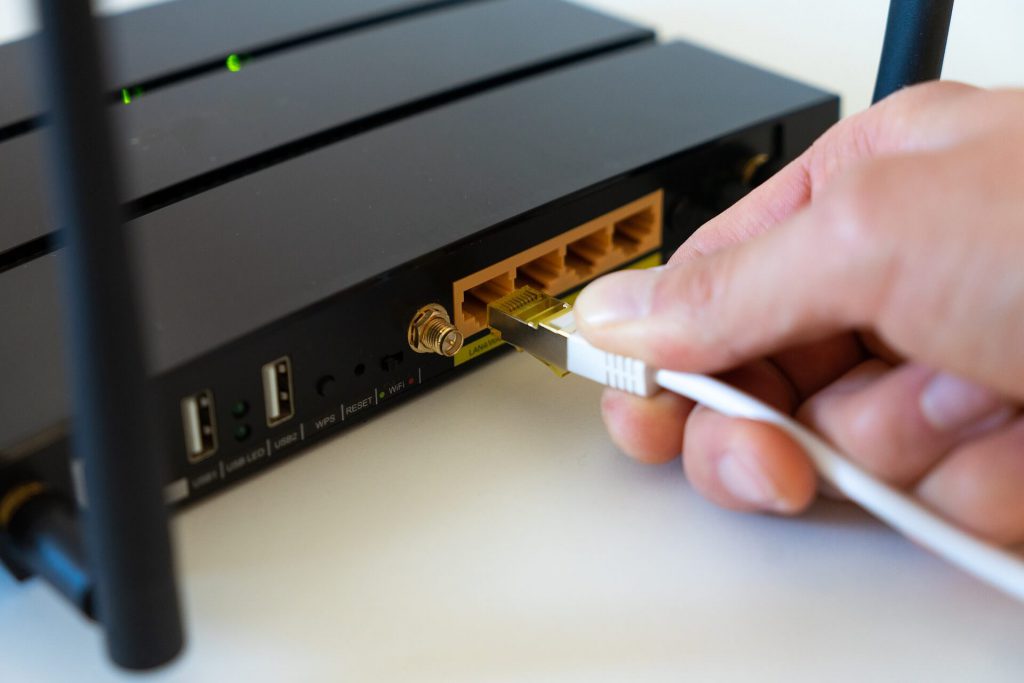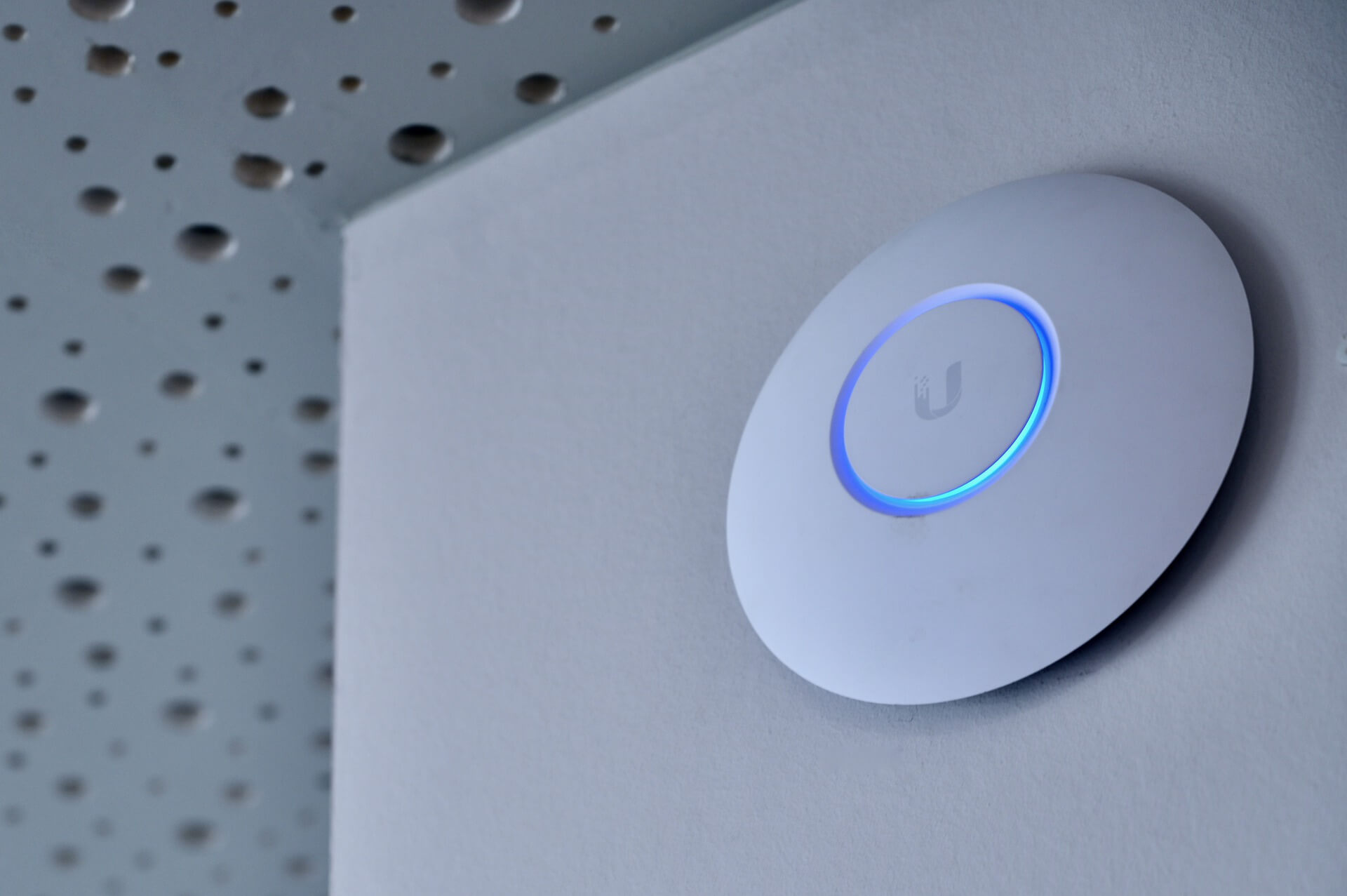5 Ways To Secure IoT Devices
Securing IoT devices is more difficult than securing a laptop, as many of these devices aren't designed with security in mind. However, with the increased cyber security threats today, IoT device manufacturers main focus is rarely to secure their products against any, and hopefully all, known and for seen attacks.
IoT Hacks and Vulnerabilities in 2020
While in typical enterprise settings, the increasingly widespread operational networks presents a rich target for hackers. However hackers have neglected smart home devices due to lack of popularity. In 2020 we can see just how prevalent IoT threats are becoming. As these devices become more main stream. There were several critical security incidents of IoT devices becoming affected. We will cover 5 ways to secure IoT devices in your home network.
1 - Start with Your Router
Just like a physical front door, a router needs to stay locked and secure. You never know who’s going to come knocking. Security of your smart home, starts with your router. It is the hub that connects all your IoT devices and enables them to operate. The most common of which one will use is the router that their ISP provided them with, however, it’s always best to invest in a router that is better and offers a higher degree of security as standard. We recommend Unifi routers as they are affordable and come with enterprise level features. While there is nothing wrong with using a router provided by your ISP, it’s just not going to be massively secure.


2 - Set Up VLAN Networks
Most secure routers one can create multiple networks. This is mostly used to create VLAN’s (Virtual Networks) which can keep devices on the network separated. You will also want to create separate WiFi networks based of these VLAN’s. One Guest network for visitors and one for your PC, laptops, phones and or tablets. Finally, You will want to create one for your IoT devices. By doing this, you prevent potential hackers from accessing sensitive data, shared files and other private data from your other devices if your IoT or guest devices breach your network.
4 - Use of Strong Passwords
All your WiFi router’s networks should have a secured strong encryption method and strong password. For routers, the standard and most secure encryption method is WPA2. This should always be your default choice, even for guest networks. Yes, guest networks should be password protected and not left open. For passwords, avoid things that are common (birthdays, pet names) and easy to guess. Strong passwords include letters, numbers, and symbols, and each network should have a unique one. The best passwords are random gibberish phrases. You can use a password manager to help you remember them all. Never leave your router’s default username and password.


4 - Configure your firewall
A Router best defense after using secure passwords is a Firewall. Most routers come with common default firewall settings in place. They just are not secure enough in a smart home environment. Firewall rules need to be in place which stop network traffic from crossing VLAN’s as well to allow your main network devices to communicate with each other and to the IoT Network. You also want to ensure your guest network only has internet access and not access to any other of your networks.
Yes, setting up a firewall can be challenging and complicated but a secure network doesn’t come easily.
5 - Keep your Devices up to Date
The most common way to keep keep your device up to date is enabling auto updates. This though can cause some of its own issues. Neglected security updates often is where things fall apart. One device many forget about is the Router. Just like a front door if you do not maintain it it becomes easy to open or just falls a part.
Your IoT devices probably come with default security settings which you may want to consider changing them. Not all manufacturers have your best interests in mind and the default settings may work to benefit them more than you.

Only you stand between a secure network & a Hacker
Staying one step ahead of hackers and securing your network of IoT devices comes part of a secure smart home; it is the price you pay for convenience and benefiting from what IoT devices have to offer. Securing your devices isn't difficult but it is something you absolutely must be doing if you want a comprehensive smart home network.

